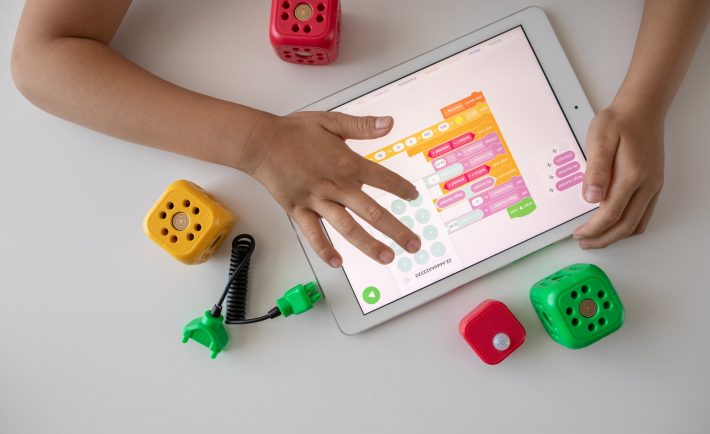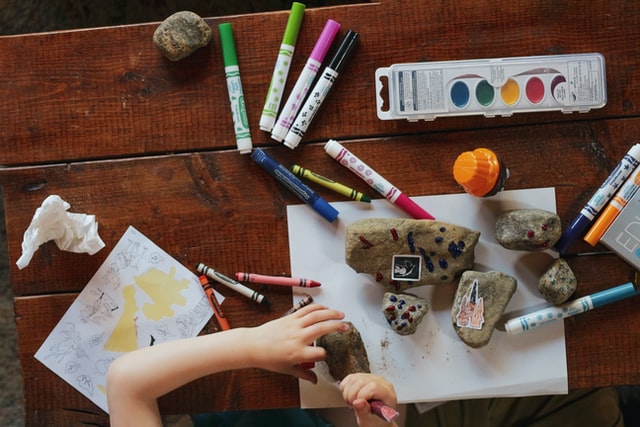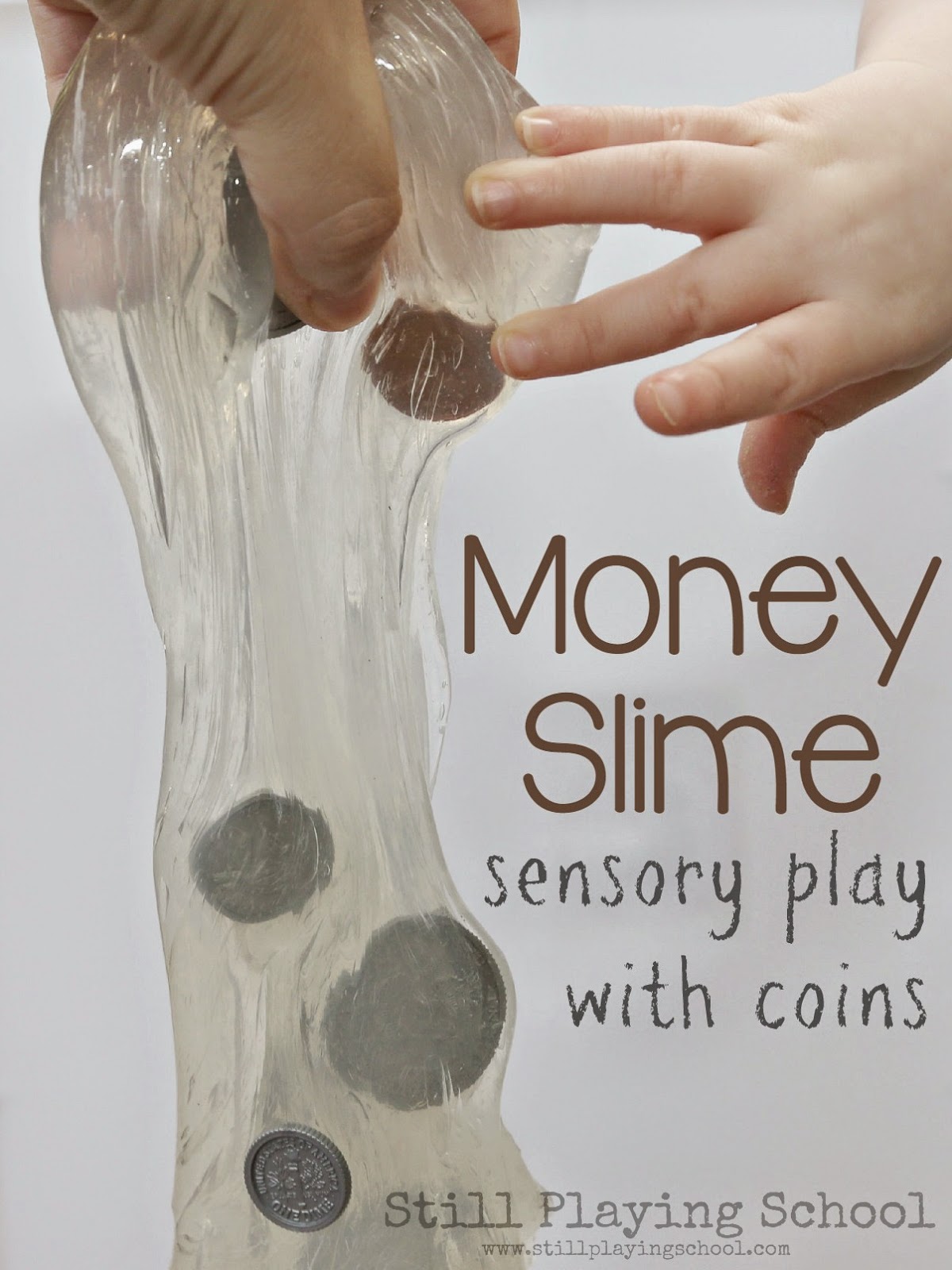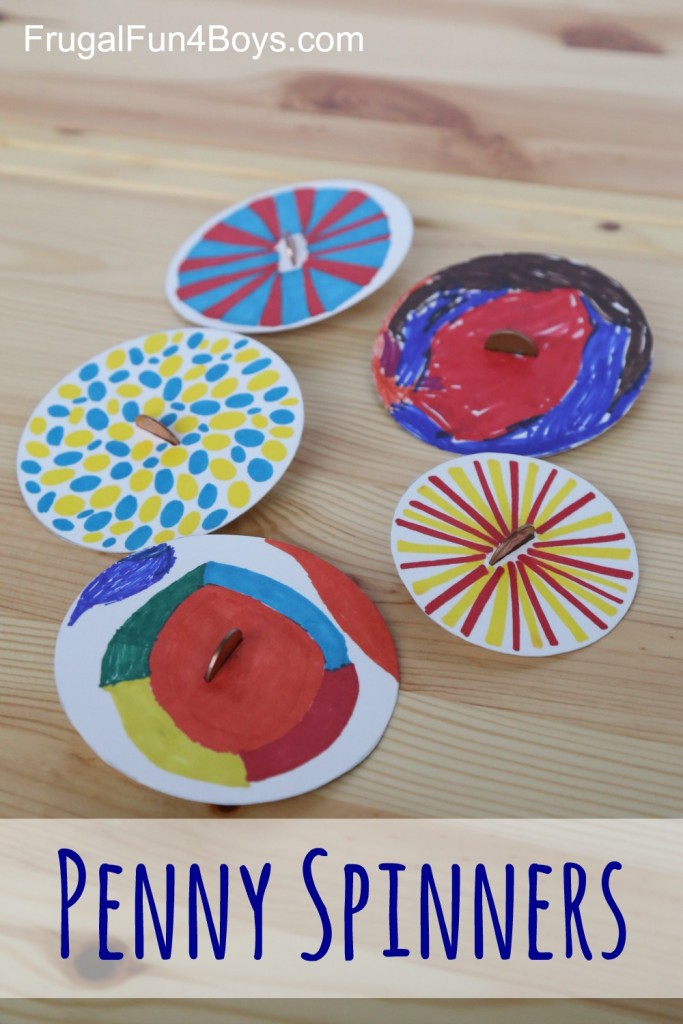So you just got married and your parents and in-laws are asking you, “When are you going to give us grandchildren ah?”
You and your spouse quietly exchange a look and think, “Err… never ever.”
Yes, this kind of conversation is awkward.
You may be tempted to say “Aiya, we don’t want kids lah, don’t ask us anymore.”
But the older generations might think that you’re being selfish. So how can you be tactful and respectful, and at the same time explain your reasons?
Keep reading.
Preparing & initiating the conversation
If you and your spouse don’t want to have kids, it’s not a long-term solution to just keep quiet/avoid the topic altogether.
First, you need to reflect on why you don’t want children. Maybe you want to focus on your career, or you have health concerns, or you just don’t feel ready. Whatever it is, make sure you and your spouse are on the same page and can explain your reasons clearly.
Next, anticipate what kind of questions or objections your parents and in-laws might have. They might say things like “But who will take care of you when you’re old?” or “Don’t you want to continue the family line?” Prepare your answers so you don’t get caught off guard.
Lastly, choose a good time and place to have the conversation. Don’t just blurt it out during a family dinner or when they’re in a bad mood. Maybe suggest going to a quiet cafe or having a private chat at home. Remember to be respectful but firm in your decision.
Stay focused on your reasons
Share with them your own beliefs and motivations.
Don’t let anyone make you feel guilty or ashamed for not wanting kids.
Also, some people think that if you don’t have kids, then you must be selfish and will end up lonely when you age.
But that’s not true at all. You can still have a fulfilling life without kids, and focus on your mental, relationship, and financial stability.

Image Credits: unsplash.com
So, don’t be afraid to stand up for your decision. Just be respectful and understanding, and help them see that being child-free can be a positive choice.
Addressing concerns and objections
Talking to parents and in-laws about not wanting to have kids is like walking on eggshells but it’s good to address concerns and objections.
Don’t say “Aiyah, you old school lah”, but instead say “I know that having grandchildren is important to you, but…”
Then, share that this decision is the best for you and your partner and that you’ve had a serious talk about it before coming to a decision.
Talking about “we don’t want kids” with parents and in-laws can be taboo but sometimes, we need to be honest with our feelings and circumstances. Maybe they will ask why or try to convince you otherwise, but just stand firm and explain your reasons. There’s no need to argue or fight, just listen and respect each other’s preferences. At the end of the day, it’s your life and your decision. Don’t let other people pressure you into something you don’t want and then regret it later.










